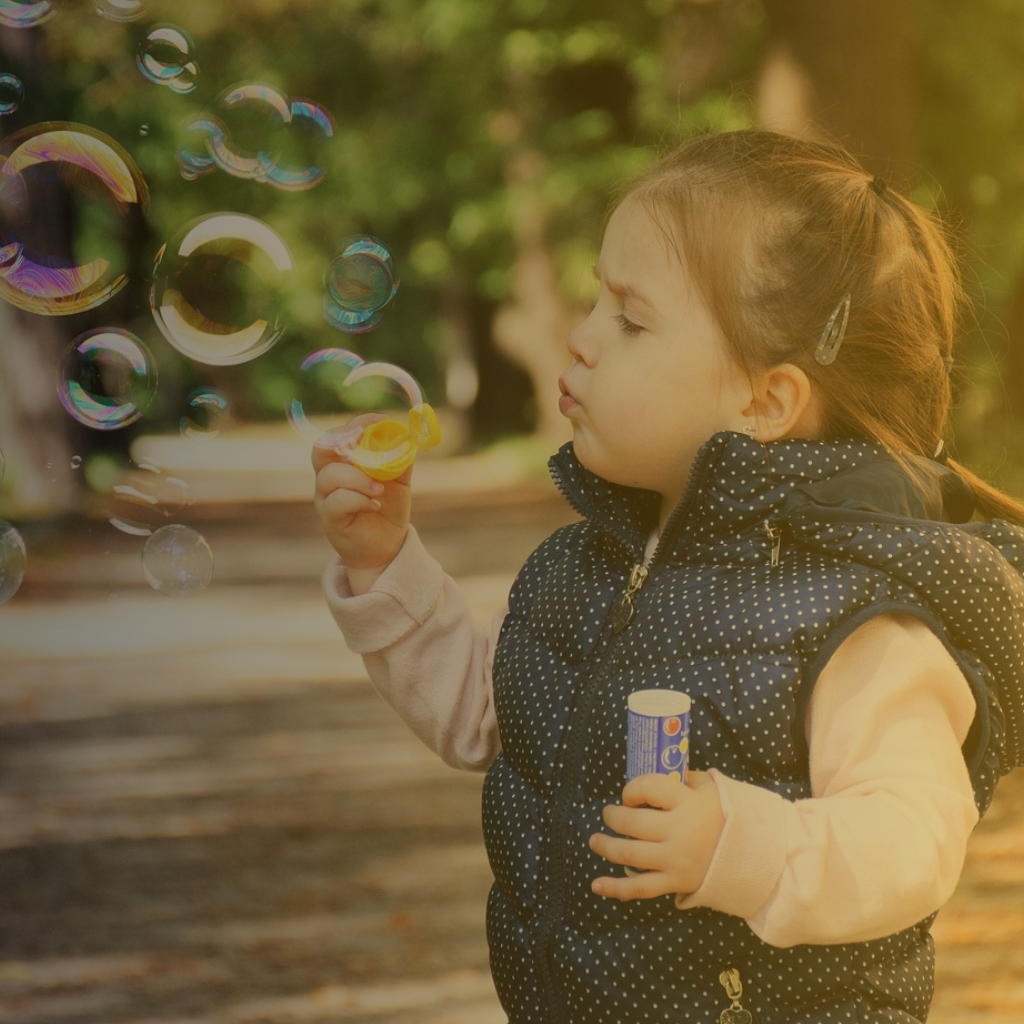One of my first experiences working with infants and toddlers was an internship in an early education program for children 0-3 years old. I was 19 years old walking into orientation and in complete awe of the beautiful classroom I would be working in that following month. All the children and parents had gone for the day so I, along with the other new interns, had the opportunity to take a tour of the space. A sign at the front entrance, on top of the children’s shoe cubbies and parent sign-in binder immediately caught my eye.
It read, “Always say goodbye to your child before you leave.”
I remember thinking, “Why would they need to put up a sign like this? Doesn’t everyone say goodbye when they leave?” I thought it was so strange that a reminder would be needed. As it turned out, spending the next year carefully observing parents with their children, learning about how children develop, getting to know families, and watching separations at the beginning of every day, I learned that saying goodbye isn’t always as easy as it sounds.
One of the misconceptions about infants and toddlers, especially infants, is that they’re not aware of much. That what you do in terms of their care, your words, and actions, doesn’t matter. But in reality, the first 3 years mark rapid brain growth in children. Your ability to respond sensitively to your child’s needs and provide comfort play a huge role in determining your child’s emotional development across their lifespan.
If you have an infant, around 7-9 months of age, you may have noticed a change in their behavior. Your child cries when you leave the room. If you’re walking around, they follow you with their gaze. If they’re able to crawl and you suddenly get up and leave their side, they stop playing and they move to follow you. This is because they’ve hit an important developmental milestone- object permanence. It’s knowing something exists even if you can’t see it. Before this develops, you could leave the room and your infant wouldn’t show a reaction. It’s very much the concept of “out of sight, out of mind”. But now, they know you exist somewhere even if they can’t see you.
It’s typical for a child to experience separation anxiety the first 3 years of life, and as a parent of two children myself, I know how tough those moments can be. It’s not easy to see our children sad or worried. It’s not easy when they cling to us. But I also want to reassure you, as challenging as the experience often is, it’s important to note that this milestone is an indicator of something positive. It’s a clue that you and your child are developing a strong bond, and it’s an important one. How you react and how you help your infant or toddler cope in those moments of separation can help minimize their distress in the long run. The way to help children minimize their anxiety through infancy and toddlerhood is to build trust.
Here are 5 steps to support your child through separations and raise them to be mentally and emotionally resilient.
1. Let your child know where you are going BEFORE you leave and that you will return.
When your child knows what to expect, their anxiety lessens. Over time, they learn to trust that you will tell them when you are leaving and you will indeed come back.
For example, let’s say you are sitting with your 10 month old as he’s playing and you need to stand up to get a tissue. Remain seated next to him, make eye contact, and tell him, “I’m going to stand up and get a tissue. I’ll be right back.” Then get up, get your tissue, and come back. This act of slowing down and talking to your child first as they are calm allows them to listen and process.
This is different from not saying anything to your child, you stand up, they suddenly start to cry, and you apprehensively tell him you’re getting a tissue. It makes the drastic difference in your child’s reaction and their ability to cope.
2. Avoid sneaking out while they’re busy playing and always say goodbye.
This goes back to that “Always say goodbye to your child before you leave” sign I read long ago at orientation. When you need to leave for work, you have an errand to run, or you simply have a lot on your mind, it can be very tempting to try to avoid your child’s cries. It seems easier to sneak out and dodge the difficult conversation than watch your child melt down because you’re saying goodbye. But I want you think about this from your child’s point of view.
Let’s say you’re dropping off your 2-year old child at their childcare center before you go to work. He asks you to play first before you go. He is happily playing while you’re seated next to him. While his back is turned, you get up and leave quietly. He turns back to show you something he’s excited about and finds out you’re gone. He doesn’t know where you went and if you’re ever coming back.
Moments like this add up. Children eventually develop anxiety while playing, not knowing if their parent is going to be there when they turn around. Short-term fixes, like sneaking out, don’t work. Ultimately, they fail you and your child in the long run.
3. Validate your child’s feelings and provide reassurance.
To us, we’re just going to work or we’re just going to the bathroom really quick. But to infants and toddlers, who don’t yet have the concept of time or understand your perspective, it is a loss no matter how long you’re gone, and they treat the situation as such.
Refrain from trying to talk children out of their feelings or placing judgement on them. This may come out as “You don’t need to cry. I just left for a minute!” Or “I’m just going to work.” Instead, model acceptance of their feelings and provide calm, confident reassurance.
“I’m leaving for work now. Grandma will be here to take care of you. I know you’re sad. I’ll be back right after nap time.”
4. Show confidence in your child and follow through on what you say.
When we show confidence in our child, they begin to build confidence within themselves. When you say you’re going to leave, stay true to what you say and leave. Avoid going back and forth with your child and repeatedly saying goodbye. This becomes confusing for your child. We model trust in them- that they will be OK- and follow through on our plans.
5. Model acceptance for what you say and do.
You don’t need to apologize for going to the bathroom or going to work. Your needs and responsibilities are also important.
Instead of saying, “Awww poor baby!! I know. I’m such a bad mom for leaving, right? I’m sorry I had to leave”, adjust it to “I’m back from the bathroom. Thank you for waiting!” Or “I’m home! I’m so happy to see you!”
Children are very sensitive to our feelings. We model trust in ourselves and show confidence in what we do so that our children learn to do the same for themselves and begin witnessing the needs of others.
Raising children to be mentally and emotionally resilient requires us to meet their developmental needs with compassion and positive support. Saying goodbye and separations is one of many life experiences children, and adults too, undergo and need to be shown empathy. When we make the most of the small, everyday moments to build trust and connection, and children can trust us to be their safe space when times call for it, they gradually learn to become independent from us and move forward with confidence and a strong sense of self.




